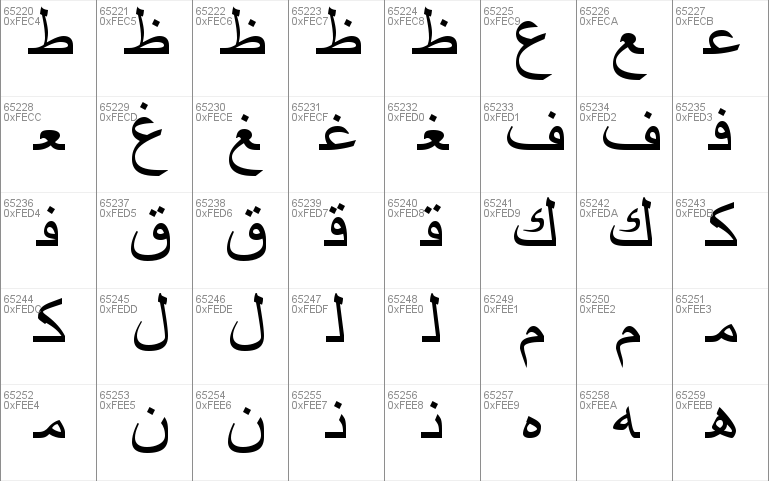

Font Squirrel is another good free source.

Source Sans, along with Open Sans, Lato, Roboto, and a number of others have multiple weights and are free to use online and in print, distributed by Google.
#Arial font description license
The kind of flexibility described above is usually only available in typefaces that are extraordinarily expensive to purchase or license for the web (try pricing the Gotham font by Hoefler & co.). If you want your design to evoke something meaningful, you must choose a font with qualities that encapsulate what you want to convey.īeyond pointing out the faults of the Arial font, there are a couple of attractive points about web fonts in general to keep in mind: Web Fonts Are Inexpensive (or Free!) Maybe that’s what you need in your brand or design, maybe not. But Arial embodies the neutrality and efficiency of that country. Now I don’t have anything against the Swiss-beautiful country, nice people. And Arial is extremely similar in character. Well, the Helvetica and Akzidenz Grotesk fonts are Swiss, anyway. (Adobe’s Source Sans font.) Arial Is Swiss-ish If you want to establish levels of hierarchy in text content, improve legibility, and finesse/polish appearance, you must choose a typeface flexible enough to meet your needs. Adobe’s site says that in the brief for development of the Source Sans font, it was specifically designed “to be both legible in short UI labels, as well as being comfortable to read in longer passages of text on screen and in print.” Sounds good to me. Contrast that with the Source Sans font family from Adobe: it has quite a few more weights available: extra light, light, regular, semi-bold, bold, black… with italic versions of each of these. You get two choices with Arial: bold and regular. If you want your website or application to look sophisticated and current-you must use fonts that don’t carry as much historical baggage. When you use it in an interface, you’re opening a time capsule on your users’ screens, sending them back 20 years. Arial Is DatedĪrial (and those other usual suspects) are as iconic to the 1990s as Vanilla Ice. If you want your website or application (and by extension, your brand) to look unique and differentiated-you must use fonts that haven’t made their way into everyone else’s site.

That was the only choice, so they were everywhere. Until a few years ago, every site on the Internet used some combination of Arial, Times New Roman, and all the other “web-safe” fonts that came packed into the native OS of both Apple and Windows.

So, let’s talk about why Arial is just no good for you. (and like almost every other designer, I was a little bitter about it.) These days, with the widespread support of web fonts, all that raw emotion is at your brand’s fingertips. The subjective impressions we experience can be hard to nail down in words, but they’re real and powerful. And until the past few years, that power wasn’t readily available to interface designers. The effect is easiest seen in a comparison:Īuthoritative vs. As a reader, you react to type whether you know it or not, experiencing emotions, crafting perceptions. Fonts are like facial expressions-there’s a whole conversation contained in the way a font appears, before you ever read a word. There’s nothing like a great typeface to help you craft a message. But if your brand is in a relationship with the Arial typeface, you should break up. You can do better. Sometimes it’s easier to just stick with what you know than to see what else is out there. One of my clients recently decided Arial would be one of their brand fonts because “everyone has it.” They’re not the only ones that use that rationale.


 0 kommentar(er)
0 kommentar(er)
